Dinesh Elumalai explains what a self-driving car is and why its very presence will metamorphose the automotive industry
The ‘miracle’ of self-driving cars is transforming how we travel, and soon enough these ‘auto’mobiles will be in use by the lay public. If you had asked anyone from a few generations ago though, they would laugh at you and claim that you had been reading too much science fiction or watching too many cartoons.
Jokes aside, those were the days before such a technology seemed possible for public use. Self-driving cars may have been a mere myth a few hundred years ago but are increasingly widely available. To name a few features, these high-tech vehicles have adaptive cruise control, lane maintenance system, traffic detection, braking, and speed maintenance system.
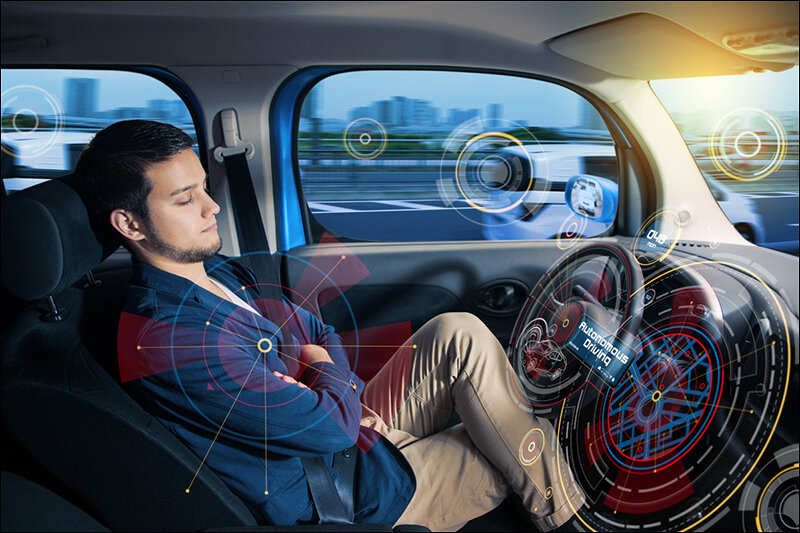
These features now help the driver with steering, acceleration, and braking, but we believe the driver should always be alert and ready to take control with his hands on the steering wheel.
As told by researchers, by 2025, there will be 8 million autonomous or semi-autonomous vehicles on the road. Before they can drive on public roads, self-driving cars must first advance through six levels of driver assistance technology advancement.
What are these levels, exactly? And, where are we?
The Society of Automotive Engineers (SAE) classifies driving automation into six levels, ranging from 0 (completely manual) to 5. (Fully autonomous). The US Department of Transportation has adopted these standards.
Levels of SAE
- Level 0 – No Automation
- Level 1 – Driver Assistance
- Level 2 – Partial Automation
- Level 3 – Conditional Automation
- Level 4 – High Automation
- Level 5 – Full Automation
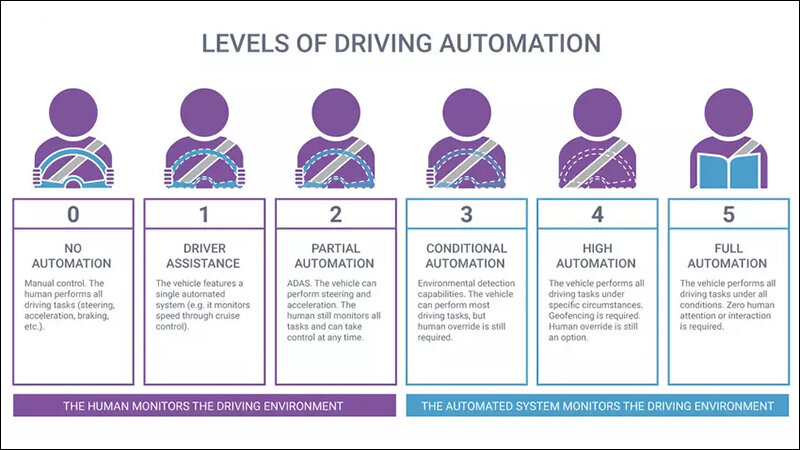
The good news is that most modern cars already have Level 0 to Level 2 systems, which serve as the foundation for autonomous vehicles. These self-driving features, however, are currently equipped and used as advanced vehicle safety and driver-assist systems, which require drivers to be alert behind the wheel and take over as needed.
In this article, we will discuss the best self-driving cars on the market; in our next article, we will take you on a ride through these various levels.
Understandably, most people are still sceptical of self-driving cars, but 60-80% of drivers would like current advanced vehicle systems to work better. So, if you are looking for the best family car with self-driving features, here are some excellent options to consider.
The following are the best self-driving cars on the market
- Tesla Model S
- Cadillac CT6
- BMW X7
- Ford Fusion
- Nissan Rogue
- Volvo XC60
- Infiniti QX50
- Mercedes-Benz S Class
- Toyota RAV4
- Subaru Outback
We have listed the above in no order for your convenience. Below, we will give you some quick facts about each vehicle.
Tesla Model S
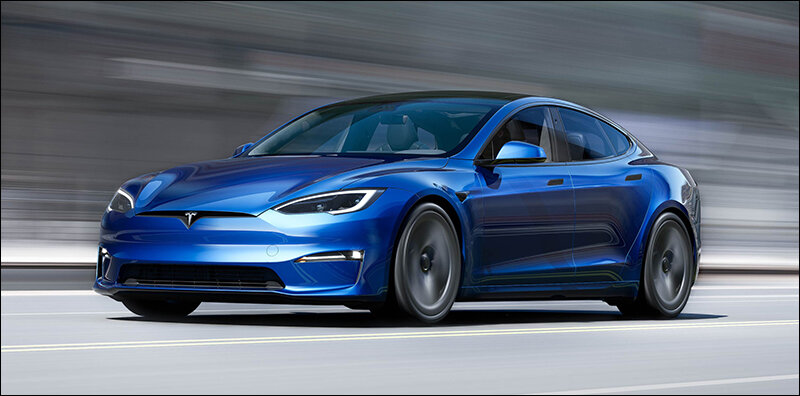
Self-driving technology gained popularity thanks to the car company Tesla. One of the best self-driving electric sedans for 2022 is this one. The Tesla Model S is a fantastic option among luxurious hybrid and electric cars, regardless of whether you view it as a performance car, a luxury sedan, or an electric vehicle. It can travel 400 miles on a single tank of gas and accelerate instantly.
Every Model S comes with AutoPilot, Tesla’s self-driving assistance system, but you can upgrade to the Full Self-Driving Capability package for an additional $8,000 if you wish.
While the Full Self-Driving Capability feature allows for lane changes (if the sensors determine it is safe), automatic parking assistance, and a mode to summon the car from a parking spot, the AutoPilot feature supports vehicle speed and keeps the Model S in its intended lane of travel.
Cadillac CT6
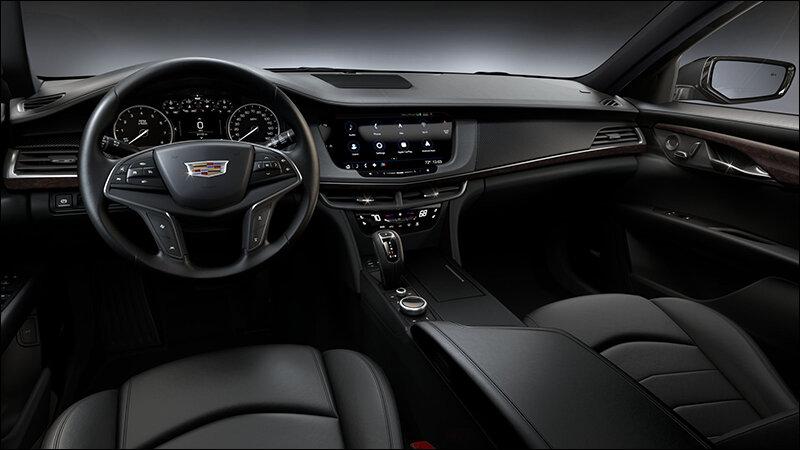
The interior of the Cadillac CT6 is well-insulated, which keeps most road noise outside of the cabin. The car maintains its speed, keeps a safe following distance, and stays in the designated travel lane when it is in Super Cruise mode. Additionally praised for its smoothness and lack of a “ping-pong” sensation is Super Cruise. Despite being hands-free, the system constantly monitors the driver to make sure they are looking forward and paying attention.
If this is not the case, Super Cruise will issue visual and audible warnings. If the driver does not act, the vehicle will activate its hazard lights and come to a stop in its current traffic lane. The Super Cruise is expected to cover about 130,000 miles of road in North America.
BMW X7
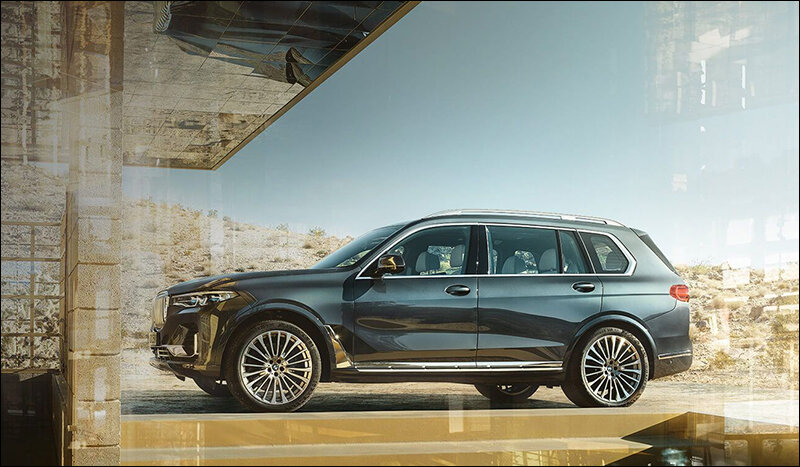
The largest SUV made by the German manufacturer is the BMW X7, one of several models that come equipped with hands-free parallel parking assist and traffic jam assist. This feature, which operates at lower than 40 mph speeds, is designed to reduce the stress brought on by dense traffic. The vehicle keeps its lane position even if the traffic in front of it comes to a complete stop.
FORD Fusion
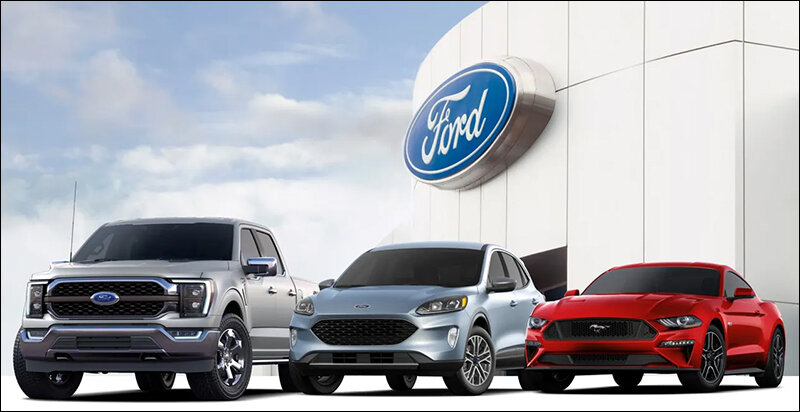
It has intelligent cruise control and a forward collision warning system with a brake that maintains a predetermined distance between it and the cars ahead of it. Similarly, the Fusion has an active park assist system with forwarding sensing that enables the vehicle to park itself. Even when there is no driver assistance, the brake and lane assist keep the car straight down the road and through gentle curves.
Nissan Rogue
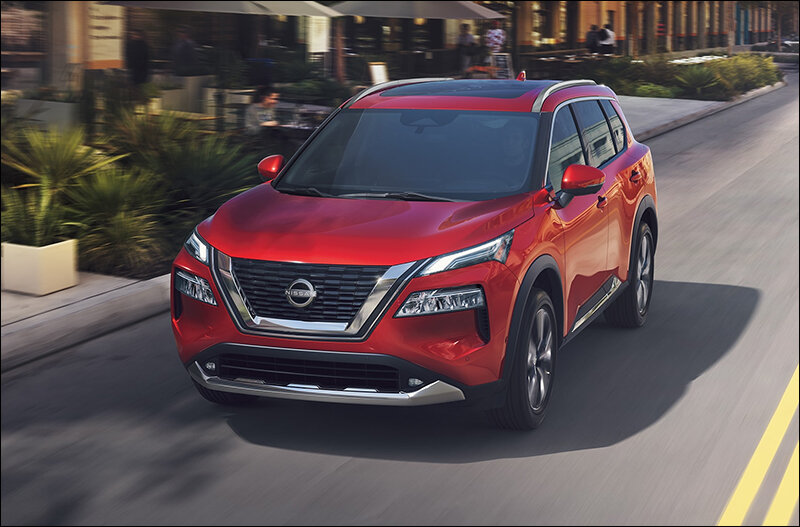
ProPilot Assist is the name of Nissan’s autonomous driving system. It approaches self-driving features in a more direct manner.
The drivers must have direct access to the steering wheel. Although the self-driving car’s autopilot can navigate corners, it switches back to the driver’s control mode for sharp bends. Nissan promotes ProPilot Assist to reduce pressure associated with daily driving.
Volvo XC60
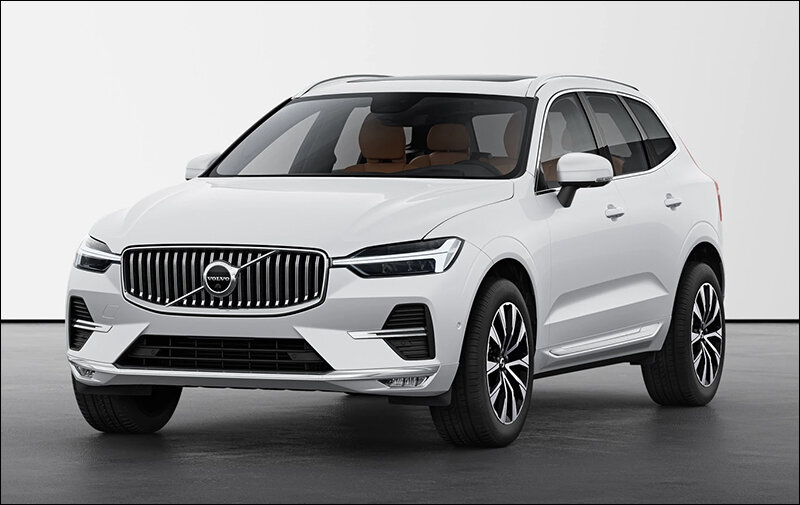
Volvo is another automaker that offers self-driving technology. Their self-driving technology does not involve any risks because they have a good reputation for safety in general.
Up to 80 mph can be reached with the help of the hands-on Pilot Assist system. It keeps the car moving at a constant speed, keeps the cars in front of it at a safe distance, and keeps the car in the designated lane. A warning is shown if the driver’s hands are not on the wheel. It will therefore be among the top driver-assist cars in 2022. This powerhouse features a plug-in hybrid four-cylinder engine with a 250-horsepower turbocharger for those who like a quick acceleration. The XC60’s cabin is also exquisitely made and incredibly cosy.
Infiniti QX50
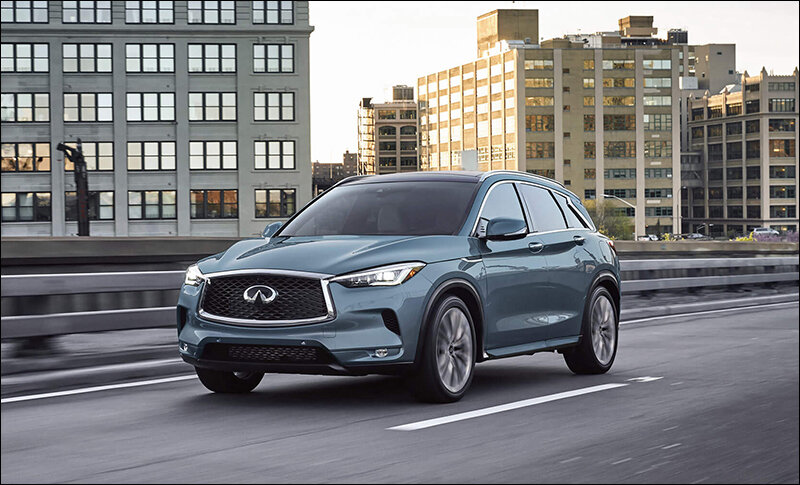
Consider the Infiniti QX50 if you want Nissan’s ProPilot Assist system in a more opulent package. Numerous safety features, such as automatic emergency braking, forward and rear collision warning, pedestrian detection, rear cross-traffic alert, and others, are present in this self-driving car. The driver must maintain their grip on the steering wheel while using ProPilot Assist to effectively control speed, braking, and some steering and lane guidance.
Mercedes-Benz S Class
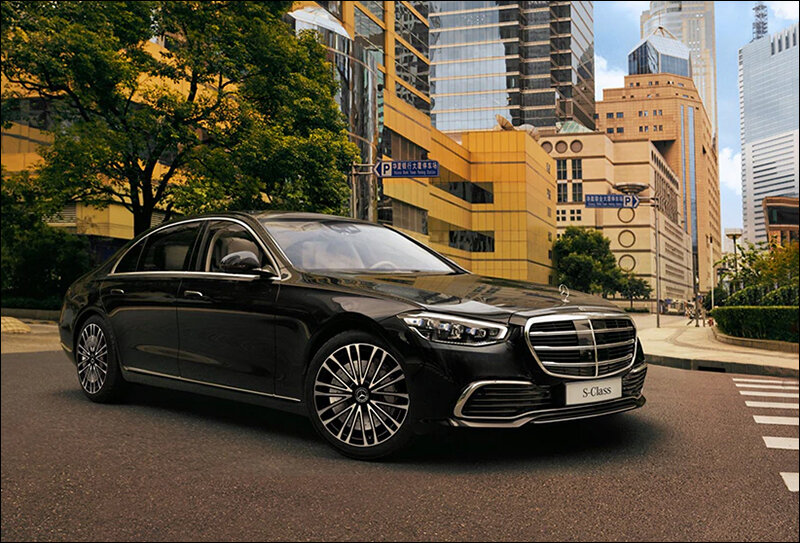
One of the most advanced self-driving cars is the Mercedes-Benz S-Class. A 26-speaker Burmester stereo, massaging seats, reclining second-row seats, quad-zone climate control, and every other feature imaginable are all included in this car.
Its self-driving technology is referred to as the Car-to-X system. It is among the best driver-assist cars in 2022.
This enables vehicles to communicate with one another and send out alerts about potential road hazards or slippery road conditions.
Other safety features include steering aid and automatic speed limit assistance. New Night Vision functionality is available. This helps to prevent accidents by aiding in the detection of creatures or objects that regular headlights might miss.
Toyota RAV4
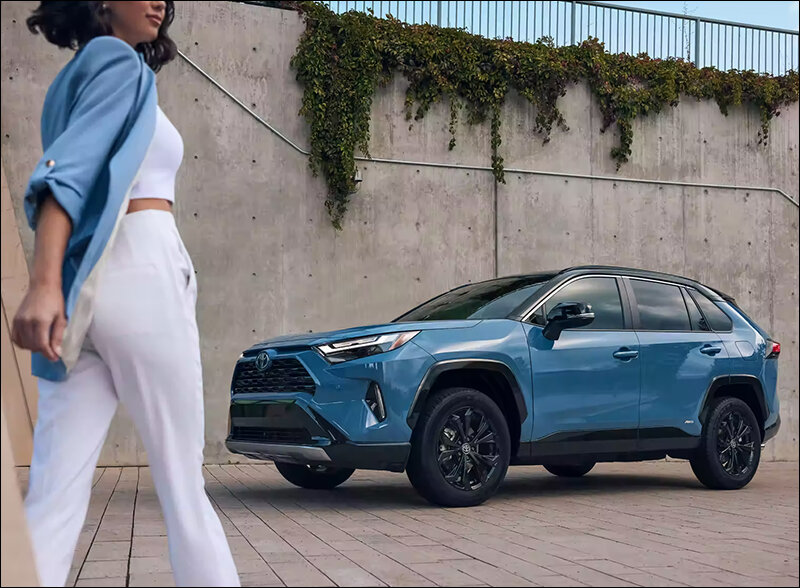
The RAV4 is a priced vehicle that includes a surprising number of active safety features and self-driving technology as standard equipment. Automatic emergency braking, forward collision warning, pedestrian detection, lane departure warning, lane tracing help, adaptive cruise control, traffic sign recognition, automatically-on high beams, and a rear-view camera are all included as standard features. You can upgrade to blind-spot monitoring and rear cross-traffic alert for a few extra dollars.
Subaru Outback
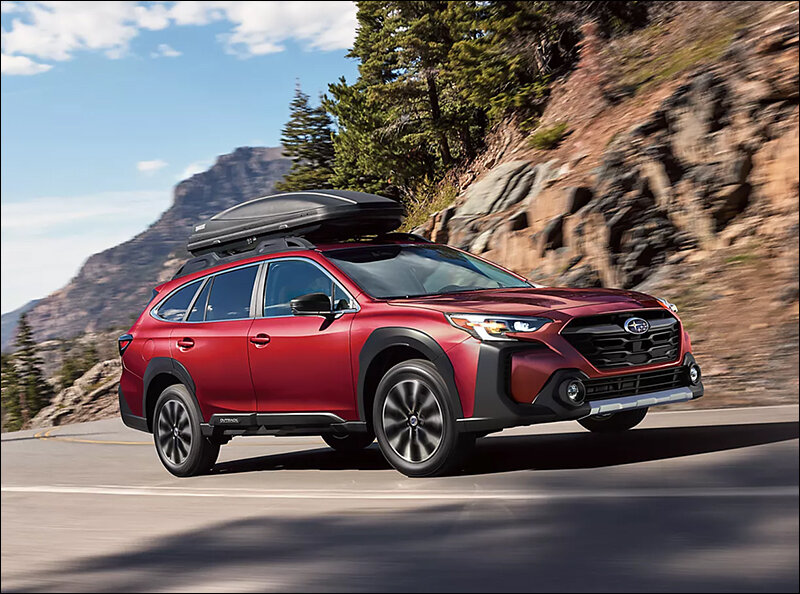
This vehicle has many appealing features, making it a popular choice among car owners. Aside from the smooth transition, the firm grip of the tyres allows drivers to easily navigate treacherous paths. It has adaptive headlights, reverse automatic braking, driver distraction monitoring, and a front-view camera. This self-driving car is affordable and comes with active safety features.
Conclusion
There are many cars that have an autopilot system, also known as a self-driving feature. More cars are being added to these categories, but we only included the best car brands.
Adaptive cruise control and lane-centering steering are two features of self-driving cars. The best autopilot cars are those that can go from high speed to complete stop.
While most of these systems still require you to keep your hands on the wheel, a few now allow you to take your hands off the wheel in certain circumstances. Enjoy luxury in the form of automobiles!






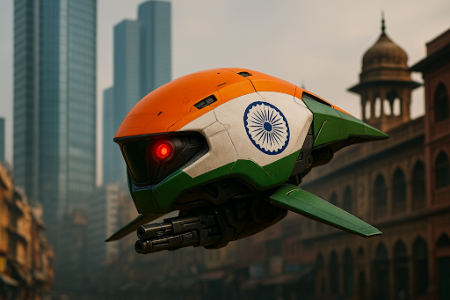


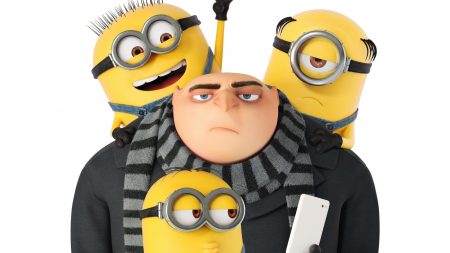
4 Comments
The story was very interesting
In this article i have learnt new information & useful for all.
Learn’d new things….
This article is very very superrrrrrrrrrrrrrr.